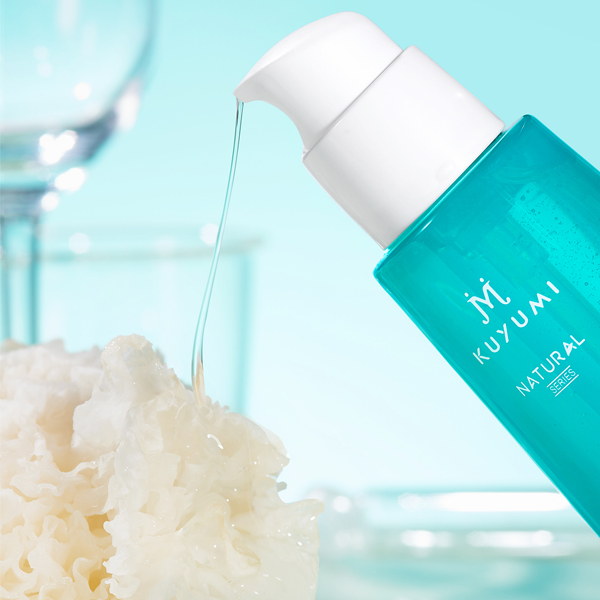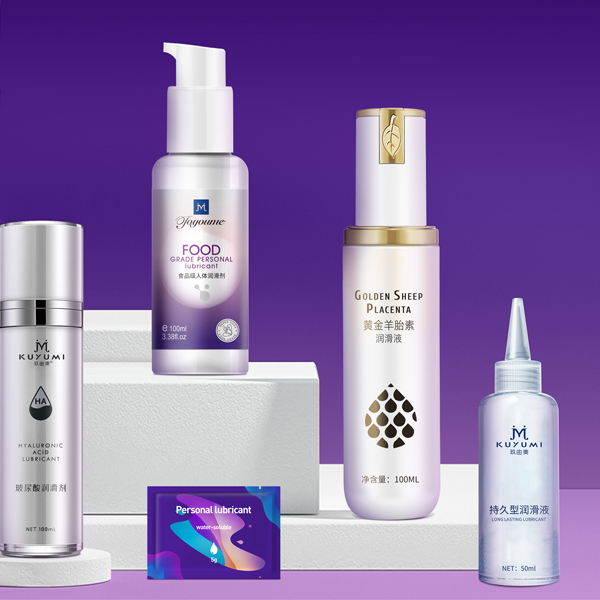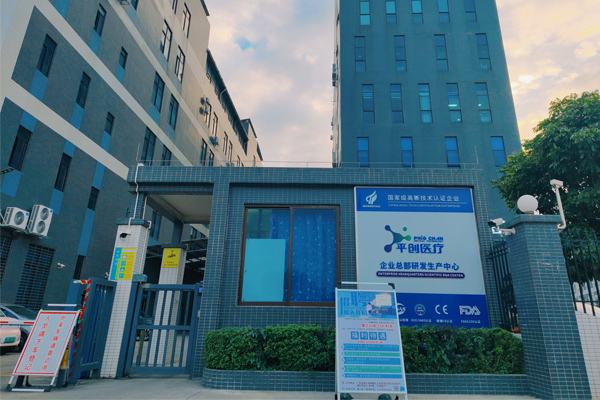In the selection and use of personal lubricants, safety is undoubtedly the core element consumers are most concerned about. Due to direct contact with sensitive parts of the human body, the level of microbial residue in the product directly relates to user health. National standards have clear limits for this, and being able to control microbial residue to a level far below the national standard, even reaching one-third of the national standard limit or less, represents a significant breakthrough in product safety performance, offering consumers an unparalleled sense of security.

Achieving such excellent microbial control is no easy task; it requires strict control at every stage of production:
1.Top-Tier Pure Production Environment is a Prerequisite. A Class 100,000 cleanroom is a basic configuration for high-quality personal lubricant production. Through efficient air filtration systems, strict personnel and material entry/exit management, and regular environmental monitoring and disinfection, the number of suspended particles and microorganisms in the production space is maintained at extremely low levels, eliminating exogenous contamination from the source.
2.Medical-Grade Purified Water System is Key. Water is a major component of personal lubricants, and its purity is crucial for microbial control. Medical-grade purified water preparation systems using advanced technologies like multi-stage reverse osmosis and EDI electro-deionization can effectively remove bacteria, endotoxins, and other impurities from water, ensuring production water reaches extremely high purity standards.

3.Strict Selection of Low-Risk Raw and Auxiliary Materials. Even compliant raw materials may carry a certain microbial load. Therefore, selecting suppliers and batches with superior microbial indicators after strict screening, and conducting rigorous microbial testing upon raw material entry, is an important part of controlling overall risk.
4.Optimized Production Processes and Equipment. In stages like ingredient proportioning, mixing, and filling, using closed production systems and equipment materials that are easy to clean and do not easily breed bacteria (e.g., 316L stainless steel). Rational process design, such as avoiding dead corners and reducing material exposure time, can also effectively reduce the risk of microbial contamination.
5.Microbial Monitoring and Testing Throughout the Entire Process. From raw materials, purified water, and production environment to semi-finished and finished products, regular microbial limit tests, pathogenic bacteria tests, etc., are needed to continuously monitor the microbial control level of the production process through data, ensuring the final product is far superior to national standards.

Pingchuang Medical always places product safety first. Not only does it use a medical-grade purified water system and GMP standards for production in its Class 100,000 cleanroom, but it also ensures that the microbial residue in its personal lubricant products is far below the national standard through 21 stringent quality inspection steps.